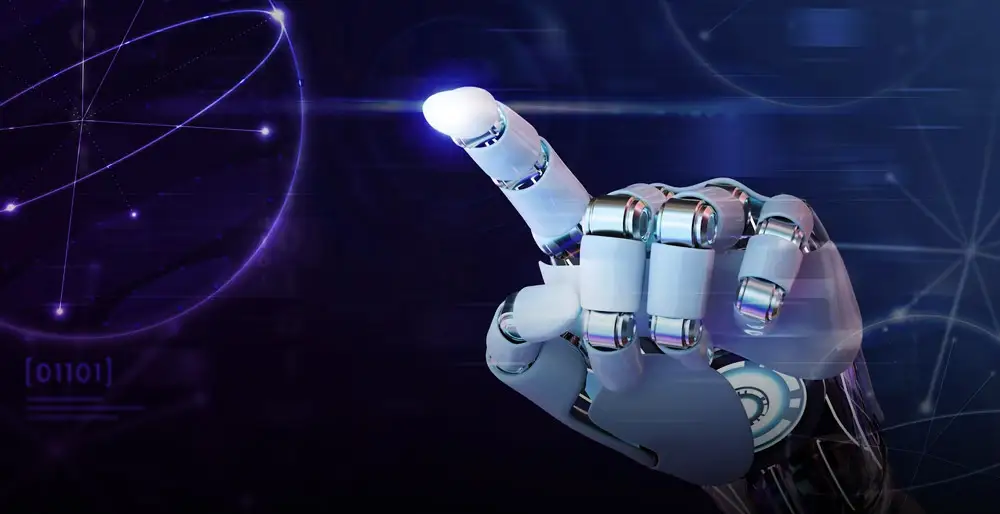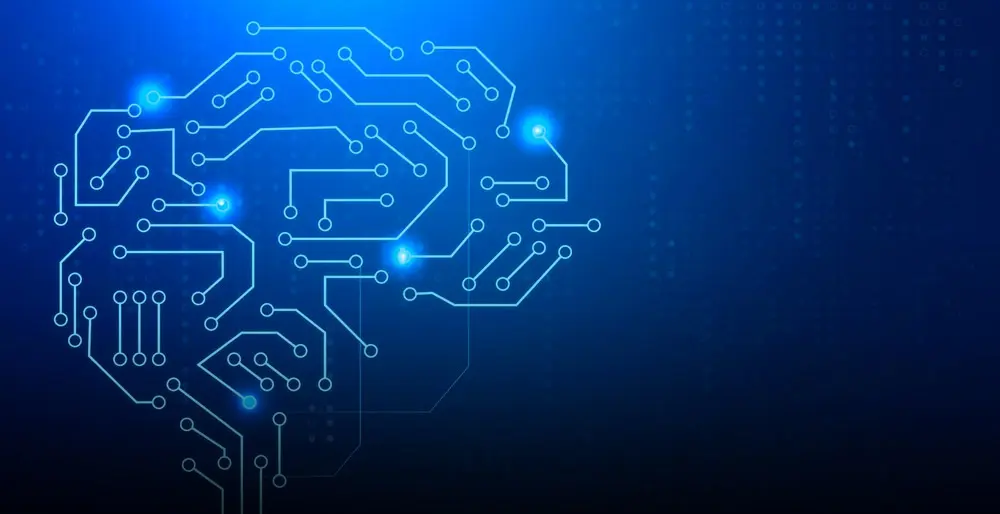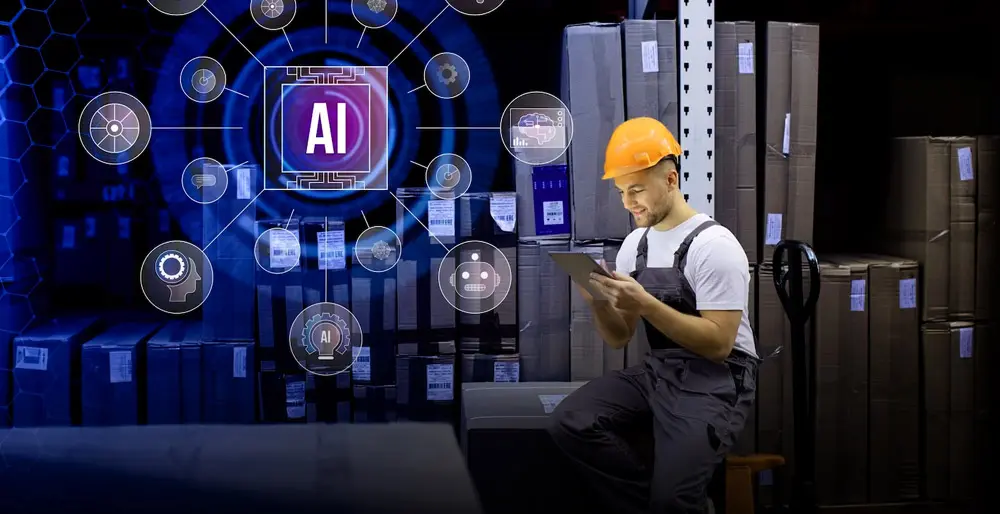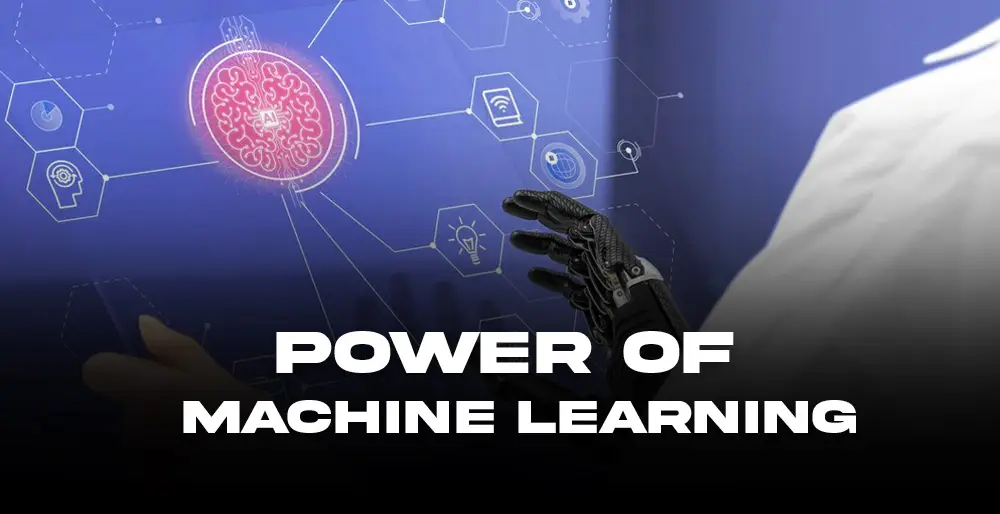In the tech scene that’s always changing, grasping the Power of Machine Learning isn’t a choice, it’s a must. Machine Learning, part of the artificial intelligence crew, lets systems up their game by learning and getting better without someone spelling it out for them. It’s the muscle behind the codes running our online world, making things like tailored suggestions and talking gadgets happen.
Machine learning, a dynamic part of the AI landscape, has been making waves. It’s behind self-driving cars and those spot-on Netflix recommendations. But if you’re new to this, it can look pretty complex. Here, we’ll break it down, give it a simple definition, cover its types, check out its real-life uses, and dive into the good, the tough, and the ethics of the machine learning game. Ready? Let’s roll into the world of machine learning.
Power of Machine Learning: Unleashing the Future
In today’s tech-driven world, Machine Learning is a game-changer. It’s not just jargon; it’s a game-changing tech that’s revolutionizing industries worldwide. From healthcare to finance, marketing to self-driving cars, Machine Learning is leading the charge in innovation. In this detailed guide, we’ll dive into the immense potential of Machine Learning, covering its abilities, real-world uses, and what lies ahead.

Machine Learning Definition: Unleashing the Power of AI
Machine Learning is like a branch of AI that’s all about software algorithms teaching computers to get better at stuff without being explicitly told what to do. In simple terms, it lets machines learn from data and make smart calls or guesses without needing humans to hold their hands. This data-driven learning and knack for spotting patterns is what makes machine learning stand out from old-school number crunching.
“Machine Learning is the science of getting computers to act without being explicitly programmed.” – Stanford University professor, Andrew Ng.
Statistical Analysis or More?
Some say machine learning is just fancy statistics, but it’s a lot more. It uses stats as a base, but it goes beyond by letting computers learn and adapt on their own. It takes all the data we create every day and makes sense of things, improving our lives in many ways.
Real-World Examples of Machine Learning
Machine learning is all around us, often operating behind the scenes. Take the case of your stolen credit card, for instance. Your bank’s clever algorithm, fueled by machine learning, spots the fishy business by checking out your transaction history. It then pings you to double-check the deal. This is machine learning doing its thing with decision trees.
Car companies also get in on the action. They predict next year’s sales using a mix of old numbers and current market vibes, thanks to linear regression techniques. If you’ve ever gotten a special banking offer tailored just for you, that’s machine learning at work, using a method called clustering. And don’t forget those self-driving cars that learn the ropes with reinforcement learning – that’s machine learning right there in the real world.
“Machine learning is like having a superpower – the ability to make sense of massive amounts of data and use it to improve our lives.” – Machine Learning Enthusiast

Types of Machine Learning
Machine learning boils down to three main types: supervised learning, unsupervised learning, and reinforcement learning. Each type has its own job and uses unique methods to dig gold from data.
1. Supervised Learning: Learning from Labeled Data
Supervised learning is all about teaching a machine learning model the ropes with labeled data. This labeled data comes as a package deal, including input stuff (we call them features) and the output stuff (labels or targets). The model gobbles up this labeled data to get its act together and make spot-on predictions or classifications for new, mystery data. It’s like the model’s way of saying, “I’ve seen this movie before,” as it spots connections between features and labels from its history book.
Use Case: Fraud Detection
For instance, in the credit card fraud detection example, the machine learning model is trained using labeled data, where each transaction is labeled as either legitimate or fraudulent. By analyzing various features associated with each transaction (such as purchase history, transaction amount, location, etc.), the model learns to differentiate between legitimate and fraudulent transactions. Once trained, the model can accurately detect potential fraud in real-time.
2. Unsupervised Learning: Discovering Hidden Patterns
Unsupervised learning, well, it’s all about handling data with no labels. The goal here is to dig out those secret patterns or structures hiding in the data. Unlike supervised learning, there are no set output labels in unsupervised learning. It’s all about the model diving into the data to spot connections and clusters among the variables.
Use Case: Customer Segmentation
In banking, you can use unsupervised learning, like clustering, to group customers based on how they handle their money or where they come from. When you’ve got these groups, banks can make better ads or provide custom money stuff to each bunch.
3. Reinforcement Learning: Learning Through Trial and Error
Reinforcement learning is all about an agent getting smarter by doing and getting feedback in the form of rewards or punishments. It’s like learning from trial and error, making better choices to score high and avoid penalties.
Use Case: Autonomous Driving
Reinforcement learning plays a big role in making self-driving cars. They basically learn by doing, like on real roads with traffic lights and other vehicles. If they drive safely and smart, they get a pat on the back (or some virtual points), but if they act reckless, they get a slap on the wrist (or lose points). This helps the car get better at driving as time goes on.
Machine Learning Algorithms: Powering Intelligent Decision-Making
Machine learning algorithms form the backbone of the entire field. These algorithms, designed to process and analyze data, enable machines to learn and make predictions or decisions. Understanding the Power of Machine Learning is not just for tech enthusiasts; it’s for anyone who wants to grasp the technology steering our collective future.
Let’s explore some commonly used machine learning algorithms.
1. Linear Regression: Predicting Continuous Values
Linear regression is a supervised learning algorithm used to predict continuous values based on the relationship between the input variables (features) and the target variable. It assumes a linear relationship between the features and the target variable and estimates the best-fit line or hyperplane through the training data.
2. Decision Trees: Tree-Based Classification and Regression
Decision trees are versatile machine learning algorithms that can be used for both classification and regression tasks. They create a tree-like model of decisions and their possible consequences. Each internal node represents a feature or attribute, and each leaf node represents a class label or predicted value.
3. Random Forests: Ensembles of Decision Trees
Random forests are ensemble learning algorithms that combine multiple decision trees to improve prediction accuracy. They create multiple decision trees using subsets of the training data and features, and each tree independently makes predictions. The final prediction is determined by aggregating the predictions of all the trees.
4. Support Vector Machines: Efficient Classification and Regression
Support Vector Machines (SVM) are powerful supervised learning algorithms that excel in both classification and regression tasks. SVMs aim to find the best hyperplane that separates data points belonging to different classes with the maximum margin.
5. k-Nearest Neighbors: Instance-Based Learning
k-Nearest Neighbors (k-NN) is a simple yet effective machine learning algorithm used for both classification and regression. It works on the principle of similarity, where the prediction for a new data point is based on the majority vote or average of its k nearest neighbors in the training data.
Machine Learning Applications: Transforming Industries
Machine learning has found applications in various industries, revolutionizing the way we live, work, and interact. Let’s explore some of the key areas where machine learning is making a significant impact.
1. Healthcare: Improving Diagnostics and Treatment
Machine learning algorithms are aiding in the diagnosis of diseases, predicting patient outcomes, and assisting in personalized treatment plans. By analyzing large volumes of medical data, including patient records, lab results, and medical images, machine learning models can identify patterns and make accurate predictions, ultimately leading to better healthcare outcomes.
2. Finance: Enhancing Fraud Detection and Risk Assessment
In the finance sector, machine learning is employed to detect fraudulent transactions, assess credit risk, and make more informed investment decisions. By analyzing historical financial data and identifying patterns, machine learning algorithms can quickly flag potentially fraudulent activities, minimize risks, and optimize investment portfolios.
Have a look at this article The Future of AI in Finance

3. Retail: Personalizing Customer Experiences
Machine learning enables retailers to personalize customer experiences, recommend products, and optimize pricing strategies. By analyzing customer browsing habits, purchase history, and demographics, machine learning models can provide tailored product recommendations, leading to improved customer satisfaction and increased sales.
4. Transportation: Enabling Autonomous Vehicles
One of the most exciting applications of machine learning is in the development of autonomous vehicles. Machine learning algorithms, combined with sensor data, enable self-driving cars to navigate roads, detect objects, and make informed decisions in real-time. This technology has the potential to revolutionize transportation, making it safer and more efficient.
5. Marketing: Targeted Advertising and Customer Segmentation
Machine learning algorithms help marketers optimize their advertising campaigns, target specific customer segments, and predict customer behavior. By analyzing vast amounts of customer data, including online behavior, social media interactions, and purchase history, machine learning models can identify patterns and deliver personalized advertisements that resonate with individual customers.
Machine Learning Benefits: Advantages and Opportunities
The adoption of machine learning brings numerous benefits and opportunities for individuals and businesses alike. Let’s explore some of the key advantages that machine learning offers.
1. Automation and Efficiency
By automating repetitive tasks and decision-making processes, machine learning algorithms can significantly improve operational efficiency. This allows businesses to reallocate resources to more complex and value-added activities, resulting in increased productivity and cost savings.
2. Enhanced Decision-Making
Machine learning algorithms can process and analyze vast amounts of data, enabling more informed and data-driven decision-making. By uncovering patterns, trends, and insights from complex datasets, machine learning models assist businesses in making accurate predictions and informed choices.
3. Personalization and Customer Experience
Machine learning enables businesses to deliver highly personalized experiences to their customers. By leveraging customer data, machine learning algorithms can tailor recommendations, offers, and marketing campaigns, leading to enhanced customer satisfaction and loyalty.
4. Improved Risk Management
Machine learning algorithms can analyze historical data and identify potential risks, enabling businesses to mitigate and manage risks effectively. This is particularly valuable in industries such as finance, insurance, and cybersecurity, where accurate risk assessment is crucial.
5. Innovation and New Opportunities
The advancements in machine learning have created new opportunities for innovation across various industries. From autonomous vehicles to virtual assistants, machine learning is driving the development of cutting-edge technologies that are shaping the future.

Machine Learning Challenges: Overcoming Obstacles
While machine learning presents numerous benefits, it is not without its challenges. Let’s examine some of the key obstacles that researchers, professionals, and organizations face in the realm of machine learning.
1. Data Quality and Availability
Machine learning heavily relies on high-quality and diverse datasets. However, acquiring and preparing such datasets can be a daunting task. Data privacy concerns, data bias, and limited access to relevant data can hinder the performance and reliability of machine learning models.
2. Model Interpretability and Explainability
As machine learning models become more complex, their interpretability and explainability become increasingly challenging. Understanding why a model makes a particular decision or prediction is crucial, especially in sensitive domains such as healthcare and finance. Ensuring transparency and interpretability in machine learning models is a pressing research area.
3. Scalability and Performance
Scaling machine learning algorithms to handle large datasets and real-time processing is a significant challenge. As the volume of data continues to grow exponentially, researchers and practitioners need to develop scalable algorithms and efficient computing infrastructures to meet the demands of modern applications.
4. Ethical Considerations and Bias
Machine learning models can inadvertently perpetuate bias and discrimination present in the training data. Fairness, transparency, and accountability in machine learning are critical to ensure ethical practices. Researchers and organizations need to address these concerns and develop frameworks to mitigate bias and discrimination.
5. Continuous Learning and Adaptation
In the rapidly evolving landscape of machine learning, continuous learning and adaptation are essential. Models need to be updated and retrained regularly to stay relevant and accurate. Keeping up with the latest advancements and techniques in machine learning is crucial for professionals and organizations to remain competitive.

The Future of Machine Learning: Endless Possibilities
As machine learning continues to advance at an unprecedented pace, the future holds limitless possibilities. Here are some key trends and areas of focus that will shape the future of machine learning.
1. Deep Learning and Neural Networks
Deep learning, a subset of machine learning, focuses on utilizing neural networks to simulate human-like learning and decision-making processes. Advances in deep learning are enabling breakthroughs in areas such as computer vision, natural language processing, and speech recognition.
2. Edge Computing and IoT Integration
The integration of machine learning with edge computing and the Internet of Things (IoT) is revolutionizing industries such as healthcare, manufacturing, and transportation. By processing data locally at the edge devices, machine learning models can provide real-time insights and enable autonomous decision-making.
3. Explainable AI and Ethical Considerations
As machine learning models become more complex, ensuring transparency and interpretability is critical. The focus on explainable AI aims to develop techniques that provide insights into how machine learning models arrive at their decisions and predictions, addressing ethical concerns and fostering trust.
4. Reinforcement Learning and Autonomous Systems
Reinforcement learning will continue to play a vital role in the development of autonomous systems, such as self-driving cars, robots, and drones. The ability of machines to learn and adapt through trial and error will pave the way for safer, more efficient, and intelligent autonomous systems.
5. Interdisciplinary Collaboration and Ethical Frameworks
Machine learning requires interdisciplinary collaboration to tackle the complex challenges it poses. Collaboration between computer scientists, statisticians, ethicists, and domain experts is crucial to ensure the responsible and ethical development and deployment of machine learning algorithms.
Conclusion
The Power of Machine Learning is not just a buzzword; it’s a transformative force shaping our digital experiences. Machine learning, a key player in the AI game, lets computers learn from data and decide without hand-holding. It’s not picky about industries, shaking up our lives and work routines. But it’s not all smooth sailing; there are hiccups to sort out. Future-wise, machine learning holds limitless promise, opening doors to endless innovations. Whether you’re a novice or a pro, diving into machine learning is a thrilling journey full of opportunities that’ll shape the tech future.
“Machine learning will continue to push the boundaries of what is possible, opening doors to innovation and transforming industries.” – Machine Learning Enthusiast









